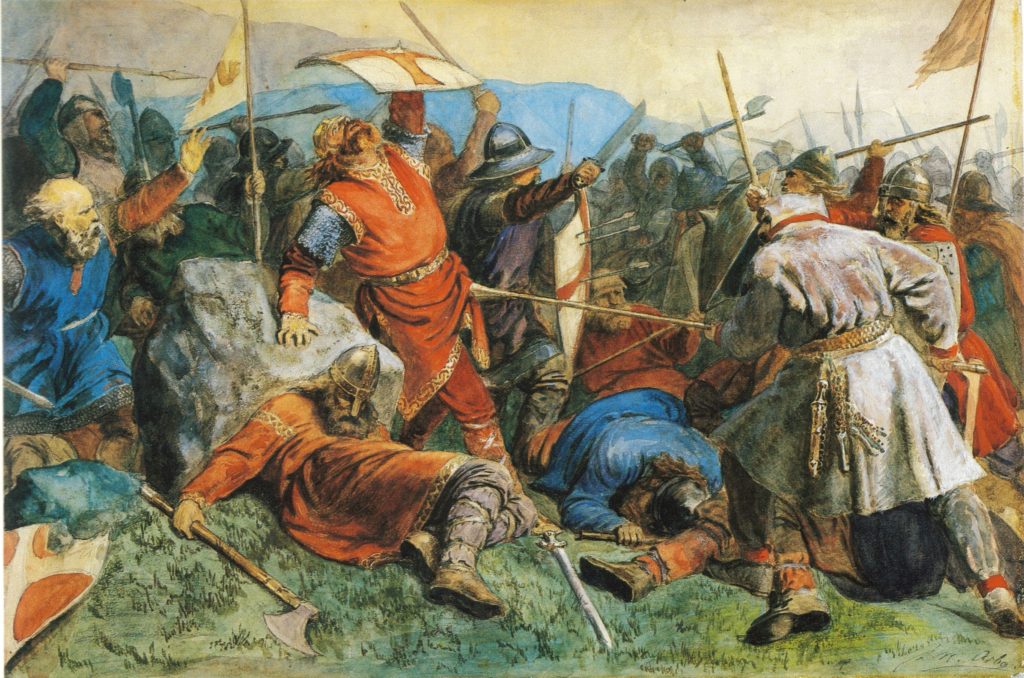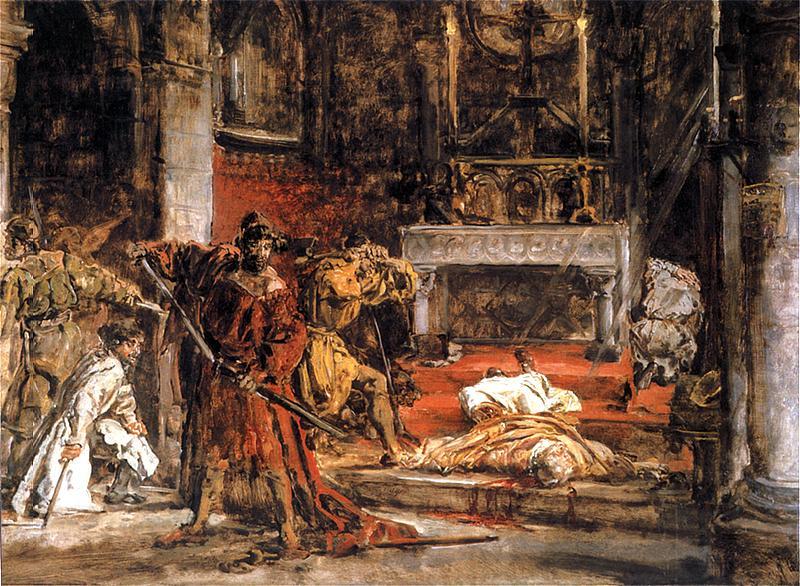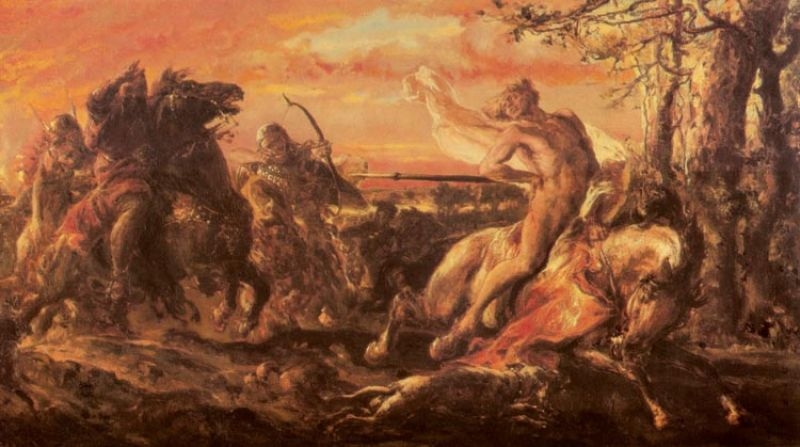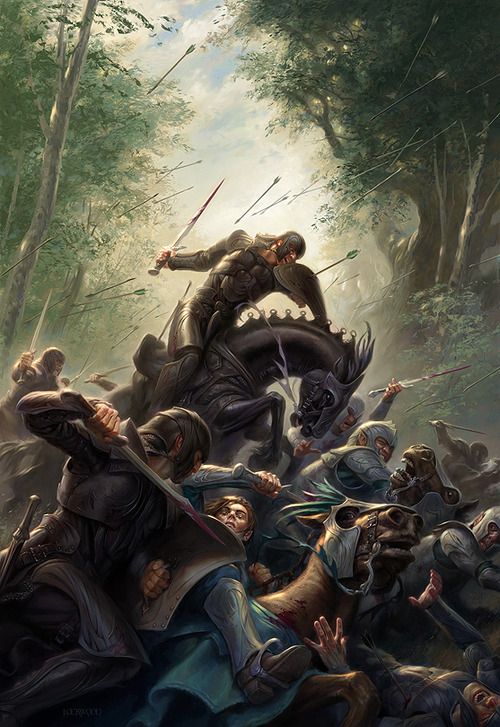Surprise in Dungeons and Dragons can be a critical element to success or failure in a combat encounter. Gaining the opportunity to make that critical first move may be all the difference in success or defeat. If you are on the side of the surprised then you might end up like these guys…..

The treatment of surprise in 1st and 5th Edition are far apart. In 1st Edition surprise can give an extreme advantage to one side or the other. In 5th Edition it is a little less of an advantage but it is still a good thing to achieve.
Surprise in Dungeons and Dragons 5E
Page 189 of the Player’s Handbook indicates that the Dungeon Master determines surprise. If neither side is trying to be stealthy then neither side will be surprised. Otherwise the DM will compare the Dexterity (stealth) checks of anyone hiding in ambush with the passive (wisdom) of each creature on the opposing side to see if they are surprised. Anyone who does not notice the threat will be surprised at the start of the encounter.
The effect of surprise is that you cannot move or take an action on the first turn of combat. And you cannot take a reaction until the end of that first turn. One member of a group could be surprised even if all of the others in that group are not.

Surprise in Dungeons and Dragons 1st Edition
Surprise in 1st Edition AD&D was a lot more brutal. Page 61-62 of the Dungeon Master Guide explains the mechanics of surprise. Either party could be surprised. Both parties could be surprised. Or neither party could be surprised.
One who is surprised might find themselves as screwed as the guy in the picture above. A party might be surprised for one or more segments. A segment is considered six seconds in 1st Edition. During those six seconds many choices of actions could be made and completed. One could parley. One could choose to avoid or flee the encounter entirely. One might choose to wait and see what the other side does and give up the advantage. One could let loose a flight of arrows to greet their new acquaintances. Some spells with extremely short casting times might be used.
Each side rolls a six sided dice. A 1 or a 2 indicate surprise. The difference between the two rolls indicates the number of segments of surprise (maximum of three). But here is the kicker. A close reading of the fourth paragraph on page 62 states the following:
“Because the party surprised is (relatively) inactive, the surprising party will be able to attempt telling blows during each segment of surprise as if the segment were an entire round! That is, a fighter able to attack twice during a normal round of combat will be able to do so twice during each surprise segment, so dice are rolled for hit determination accordingly.”
So you can see….surprise in 1st Edition could easily turn into an outright slaughter. You do not want to be on the receiving end of a surprise encounter with creatures that can attack multiple times per round. Imagine being surprised by a gargoyle that strikes five times in one round. A three segment surprise round gives him fifteen potential shots before he takes any. That is pretty nasty stuff. Naturally it pays for monsters to lay ambush for the delvers raiding their lair.
Surprise in Dungeons and Dragons is Deadly
Depending upon which edition of Dungeons and Dragons you play surprise can be deadly. But clearly it is more deadly in 1st Edition than it is in 5th. But regardless of which edition you play….you better take care….or you might end up in something like this…..



